Gastronomy of Ecuador, Ecuadorian cuisine is a flavorful and diverse tapestry that reflects the country’s rich cultural heritage, geographic variety, and abundance of ingredients. Ecuador, nestled on the equator in South America, offers a culinary tradition that is deeply rooted in its indigenous cultures, Spanish colonization, and the influences of the Amazon rainforest and the Andes Mountains. From the iconic ceviche to the hearty locro de papas, Ecuadorian food captivates the senses with its blend of flavours, ingredients, and history. In this exploration of Ecuadorian cuisine, we will delve into its historical roots, regional diversity, iconic dishes, street food culture, and the challenges and opportunities it faces.
Historical Roots:
Ecuadorian cuisine has deep historical roots, dating back thousands of years to the indigenous cultures that thrived in the region. The Inca Empire, which extended into parts of present-day Ecuador, brought its culinary traditions, including ingredients like potatoes and corn, which continue to be staples in Ecuadorian cooking.
Spanish colonization in the 16th century marked a significant turning point in Ecuador’s culinary landscape. The Spanish introduced European ingredients like wheat, rice, and cattle, transforming the way food was prepared and enjoyed. This fusion of indigenous and European ingredients and techniques laid the foundation for modern Ecuadorian cuisine.
Regional Diversity:
Ecuador’s geographic diversity is a defining feature of its cuisine. The country can be divided into several culinary regions, each with its own unique ingredients and dishes. Some of the most notable culinary regions include:
- Sierra (Andes): The Andes region is known for its hearty and warming dishes. Ingredients like potatoes, corn, and grains are staples in the Andean diet. Locro de papas, a potato and cheese soup, and llapingachos, potato pancakes served with peanut sauce, are regional favourites.
- Costa (Coast): The coastal regions of Ecuador offer an abundance of seafood. Ceviche is a highlight, featuring fresh fish or seafood marinated in citrus juice and mixed with onions, cilantro, and hot peppers. Encocado, a coconut-based seafood stew, is another coastal speciality.
- Oriente (Amazon Rainforest): The Amazon rainforest provides unique ingredients like yuca (cassava), plantains, and various exotic fruits. Dishes like maito, fish wrapped in banana leaves, and chontacuro, a traditional Amazonian dish featuring palm grubs, are part of the local cuisine.
- Galápagos Islands: The Galápagos Islands offer a distinctive cuisine with a focus on seafood. Dishes like encebollado, a fish stew with onions and yuca, and the iconic roasted or fried sea bass are favourites.
Iconic Dishes:
Ecuadorian cuisine boasts an array of iconic dishes that are beloved both within the country and among international food enthusiasts. These dishes encapsulate the essence of Ecuadorian food culture. Some of the most famous Ecuadorian dishes include:
- Ceviche: A refreshing dish made with fresh seafood, typically fish or shrimp, marinated in citrus juice and mixed with onions, cilantro, and hot peppers. Ecuadorian ceviche often includes tomato sauce and is served with plantain chips or popcorn.
- Locro de Papas: A creamy potato and cheese soup, flavoured with cilantro and served with slices of avocado and toasted corn.
- Encebollado: A flavorful fish stew featuring onions, yuca, and tomato sauce, often garnished with pickled red onions and served with rice.
- Seco de Pollo: A hearty chicken stew made with peanut sauce, served with rice and fried plantains.
- Hornado: A succulent roasted pork dish, often served with llapingachos (potato pancakes) and a peanut sauce.
- Guatita: A traditional Ecuadorian stew made with beef tripe, peanuts, and potatoes, cooked in a savoury peanut sauce.
Street Food Culture:
Ecuador’s street food culture is vibrant and offers a sensory-rich experience. On the streets of cities like Quito and Guayaquil, you’ll find vendors selling a variety of delicious and affordable treats. From empanadas and tamales to ceviche and llapingachos, street food is an integral part of Ecuadorian life.
A must-try street food is the classic empanada de viento, a crispy, deep-fried turnover filled with cheese and served with a sprinkle of sugar. Other popular street snacks include humitas, steamed corn cakes filled with cheese and wrapped in corn husks, and bolón de verde, a ball of mashed green plantains filled with cheese and fried until golden.
Challenges and Opportunities:
Ecuadorian cuisine faces various challenges and opportunities. One challenge is the conservation of traditional culinary knowledge, as modern lifestyles and the influence of fast food have led to a decline in traditional cooking methods and recipes. Preserving the authenticity of Ecuadorian cuisine through culinary education and cultural programs is essential.
Another challenge is ensuring the sustainability of food production, especially in the face of climate change. Ecuador is particularly vulnerable to environmental shifts, and initiatives promoting sustainable farming practices and the use of native ingredients can help secure the country’s food security.
In conclusion, Ecuadorian cuisine is a captivating journey through a country’s history, culture, and culinary traditions. From the beloved ceviche and locro de papas to the exotic flavours of the Amazon and the coastal seafood delights, Ecuadorian food is a celebration of biodiversity, tradition, and the joy of savouring diverse flavours. Whether indulging in a bowl of encebollado on the coast or savouring a plate of llapingachos in the Andes, the essence of Ecuadorian culinary tradition is a testament to the country’s passion for food, culture, and the preservation of its unique culinary heritage.


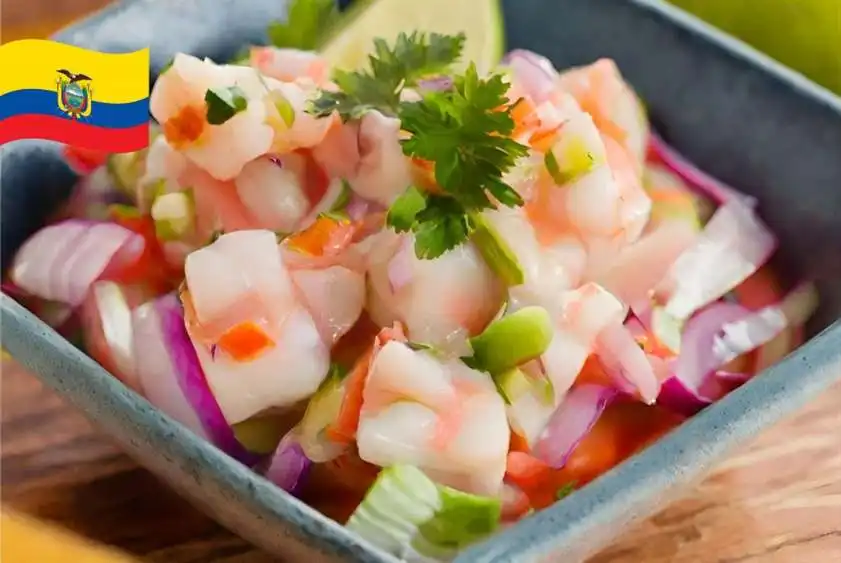
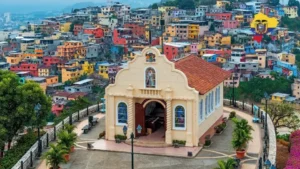
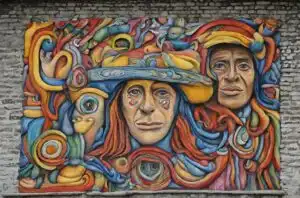
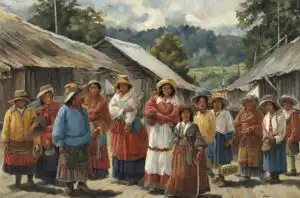
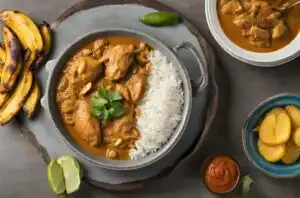
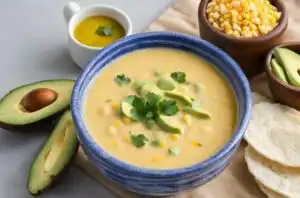
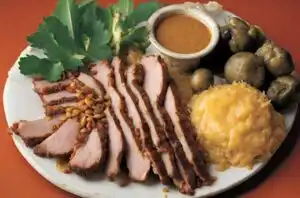
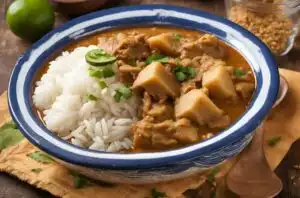
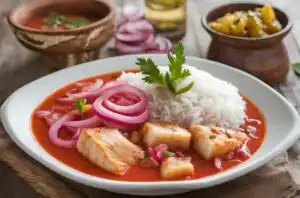
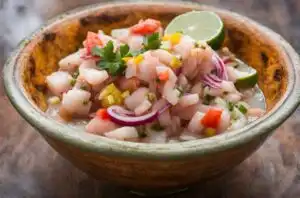
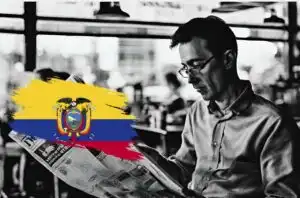
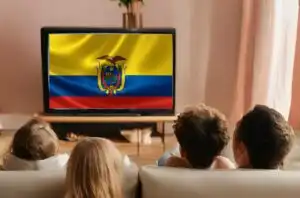
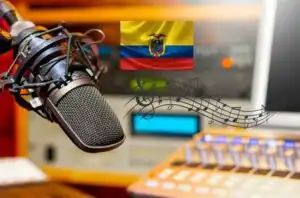
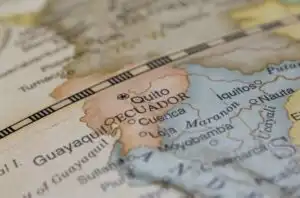
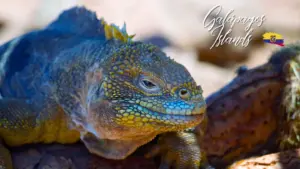
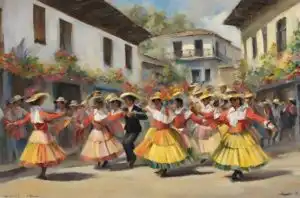


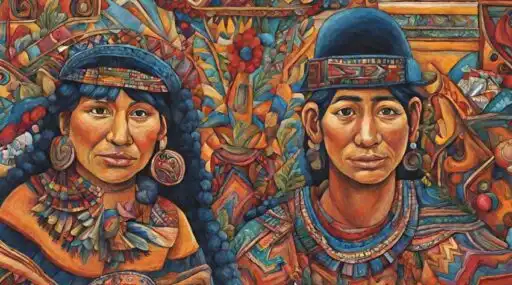
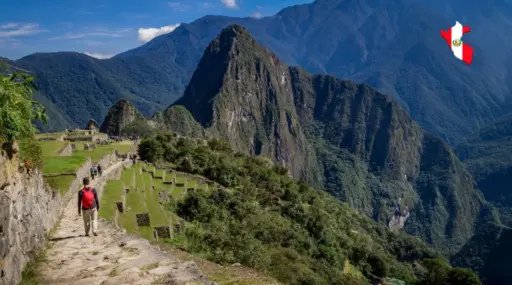
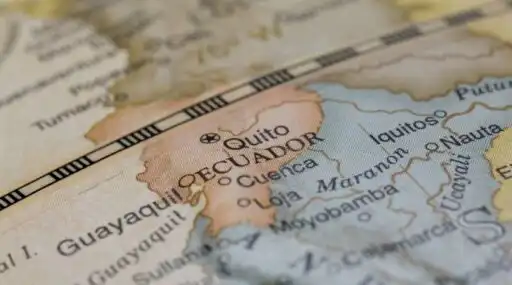
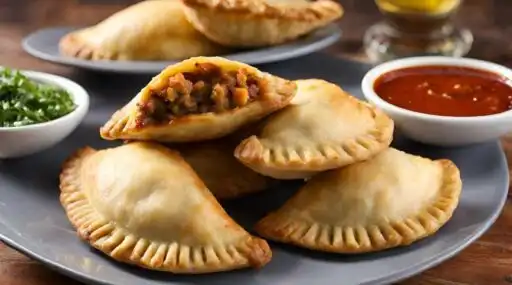

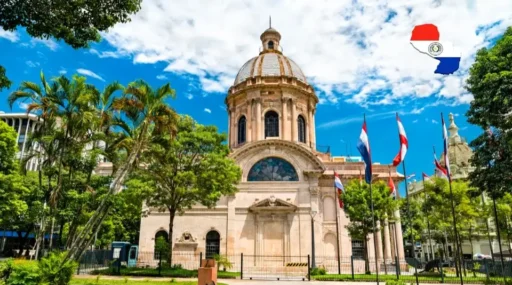

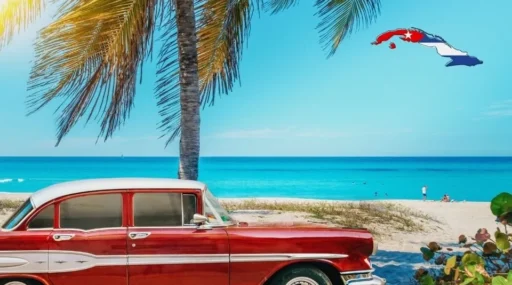
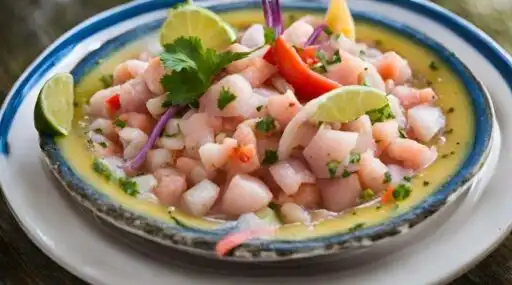

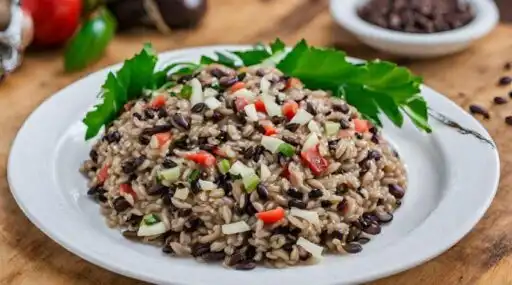
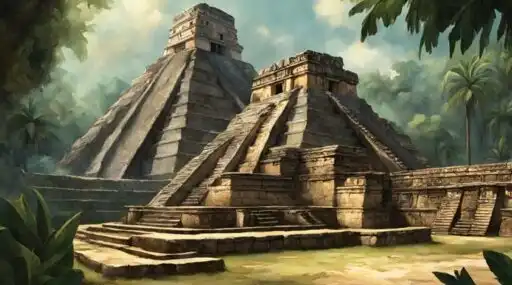
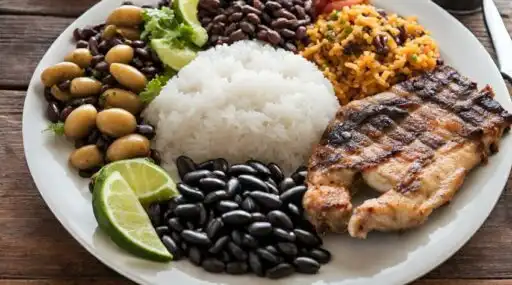

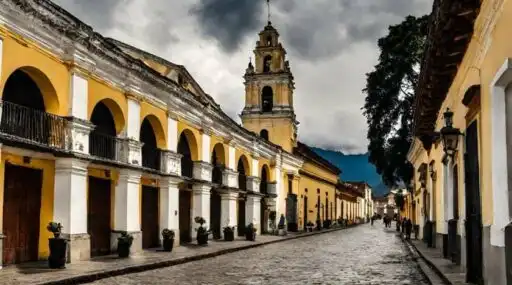

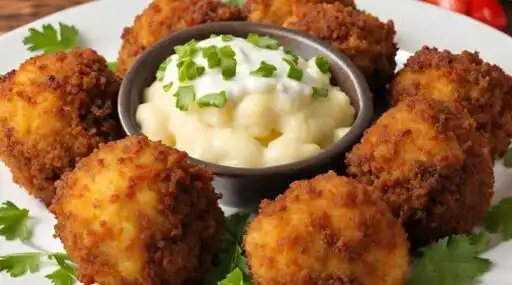
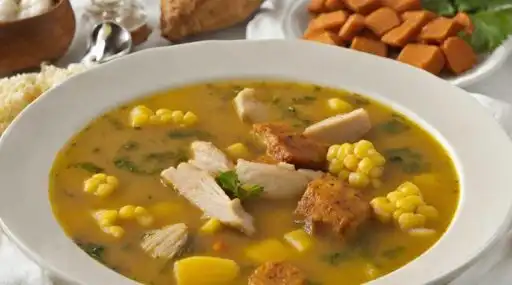
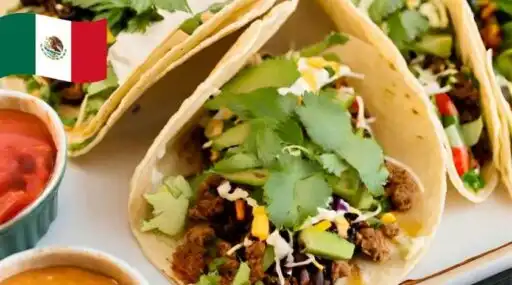
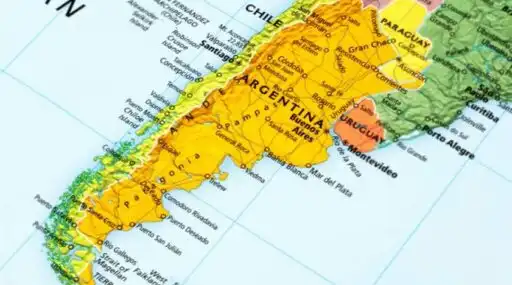

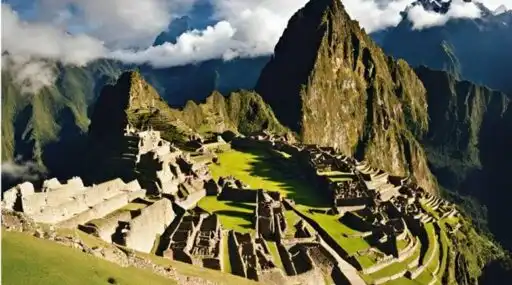
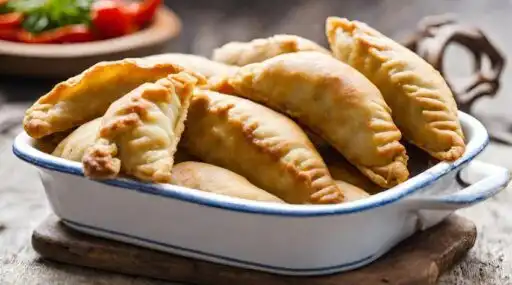
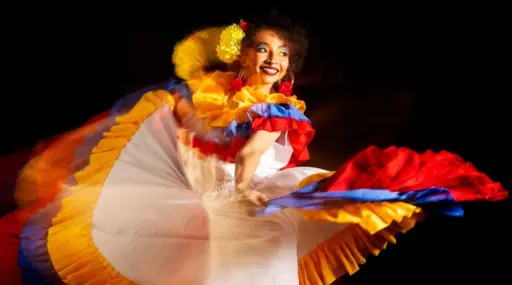
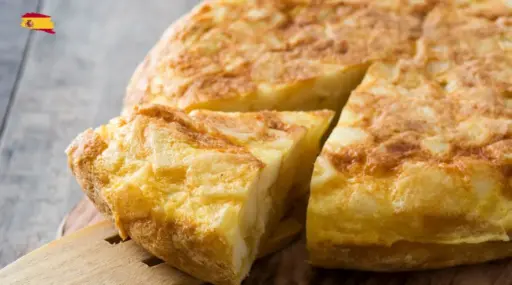
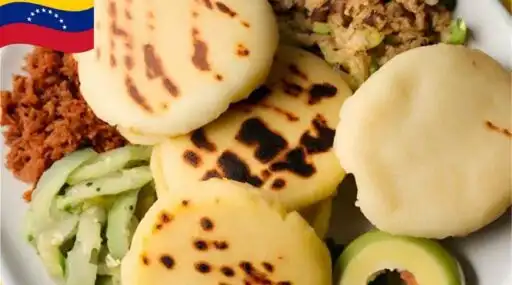
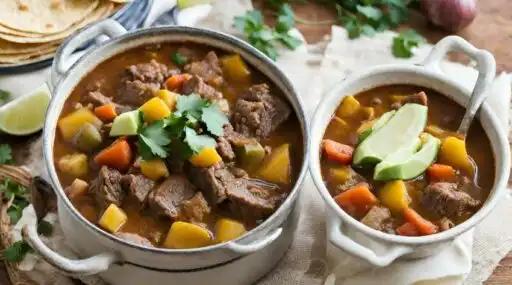


Leave a Reply